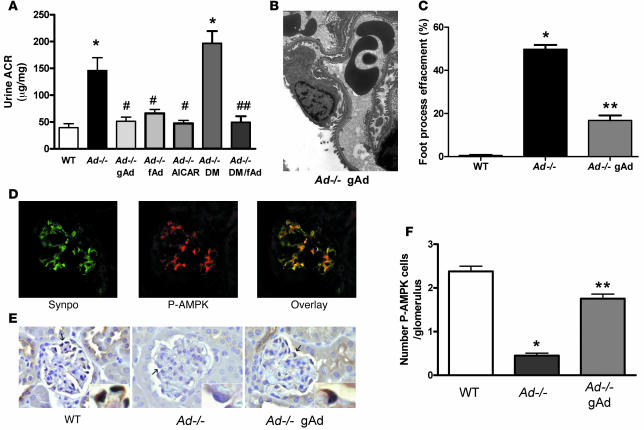Figure 6. Adiponectin restores normoalbuminuria and increases AMPK activity.
(A) Ad–/– mice at 4 months of age were treated with saline, gAd, fAd, or AICAR, and urine ACR was measured. In addition, Ad–/– diabetic mice (2 months of diabetes) were treated with fAd. gAd, fAd, and AICAR treatment significantly decreased the urine ACR to the control values seen in WT mice (n = 7–10 per group). *P < 0.05 versus WT; #P < 0.05 versus Ad–/–; ##P < 0.05 versus Ad–/– DM. (B) Podocyte foot process fusion in Ad–/– mice was reduced with gAd treatment (compare with Figure 2D). (C) Semiquantitation of the degree of foot process effacement in WT mice, Ad–/– mice, and Ad–/– mice treated with gAd. Values represent percent foot process effacement of individual glomeruli. *P < 0.05 versus WT; **P < 0.05 versus Ad–/–. (D) AMPK activity was demonstrated in normal glomerular podocytes by double labeling with P-AMPK antibody and podocyte-specific synaptopodin (Synpo) antibody. (E) AMPK activity was reduced in glomeruli of Ad–/– mice and increased by adiponectin treatment. Mouse kidneys were immunostained by light microscopy with antibody specific for p-AMPKα as described Methods. Arrows denote p-AMPKα–positive podocytes. Insets show higher magnification of the same cells. Photomicrographs are representative of 50 glomeruli from each mouse kidney (n = 4 per group). (F) Quantitation of p-AMPKα–positive cells per glomerulus (n = 4 per group). *P < 0.05 versus WT; **P < 0.05 versus Ad–/–. Values are mean ± SEM. Original magnification, ×5,000 (B); ×40 (D and E); ×100 (E, insets).

